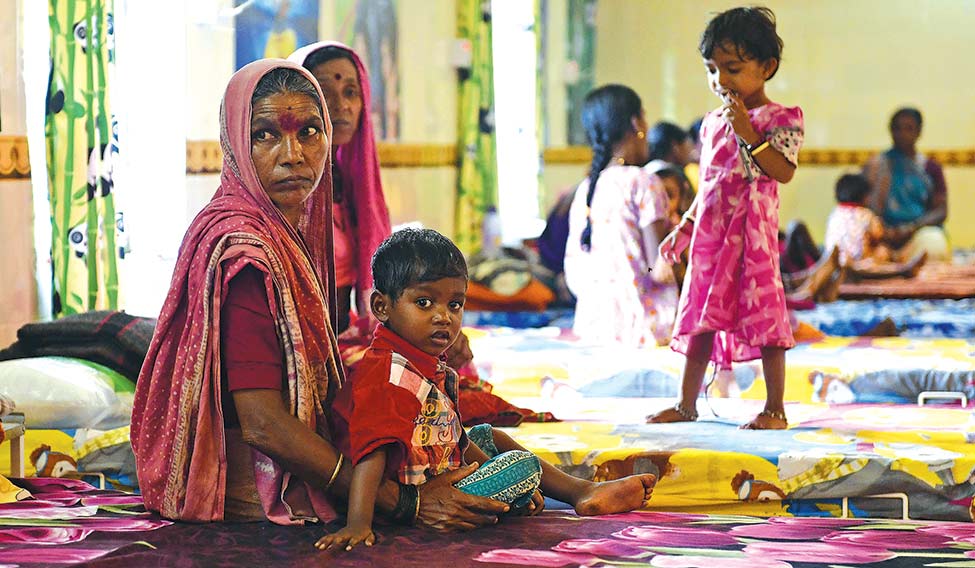A new report on pneumonia and diarrhoea claims that India is making progress in protecting its infants from these diseases. Recently, the Union Ministry of Health and Family Welfare had also issued a statement declaring that the country's infant mortality rate had come down in the last year -- the IMR had fallen from 37 per 1,000 live births, in 2015, to 34 per 1,000 in 2016.
The new report, however, looks at deaths under the age of five, specifically from pneumonia. Published by International Vaccine Access Center (IVAC), John Hopkins Bloomberg School of Public Health, says that India has shown the “largest positive change” among the 15 countries that were evaluated. Each year, almost 1.8 lakh Indian children below the age of five die of pneumonia. Pneumonia and diarrhoea are the leading infectious causes of death among children, accounting for 25 per cent of under-five deaths globally. In 2015, an estimated 1.5 million children around the world died from these two illnesses.
India, it says, showed a “7-point increase” in the Global Action Plan for the Prevention and Control of Pneumonia and Diarrhoea (GAPPD) score. The annual report profiles 15 countries with the greatest number of under-five pneumonia and diarrhoea deaths – countries that are disproportionately responsible for global child deaths from pneumonia and diarrhoea. These include countries such as India, Ethiopia, Pakistan, Afghanistan, Chad, Sudan and Bangladesh. These account for 55 per cent of the world’s under-five population, but they are home to approximately 70 per cent of the world’s childhood diarrhoea and pneumonia deaths.
India's “success” is being attributed to changes in vaccine coverage of measles vaccine (MCV1) (+1 per cent), Haemophilus influenzae type B vaccine (Hib) (+35 per cent), three doses of diphtheria tetanus and pertussis vaccine (DTP3) (+1 per cent), and rotavirus vaccine (RVV) (+4 per cent).
In India, these percentages translate to a substantial increase in the number of vaccinated children, says the report. However, it also emphasizes that the country could save over US$ 1 billion each year in economic benefits and avert more than 90,000 needless child deaths by introducing and scaling up coverage of vaccination programs targeting pneumonia and diarrhoea. While India has the highest per cent of children less than five years old with suspected pneumonia taken to an appropriate health care provider (77 per cent), less children with diarrhoea were receiving Oral Rehydration Salts (ORS) treatment (34 per cent).
The report says that India had the highest per cent of children less than 6 months of age exclusively breastfeeding (65 per cent) – it protects infants from pneumonia and diarrhoea – even though experts feel that more needs to be done. India recently began phased introductions of rotavirus vaccine in 2016, (nine states have introduced it so far) and pneumococcal conjugate vaccine (PCV) in 2017 (3 states have introduced). Following India, the neighbouring country of Bangladesh (+5) experienced the largest GAPPD score change and fared well with over 90 per cent coverage of PCV, says the report.





